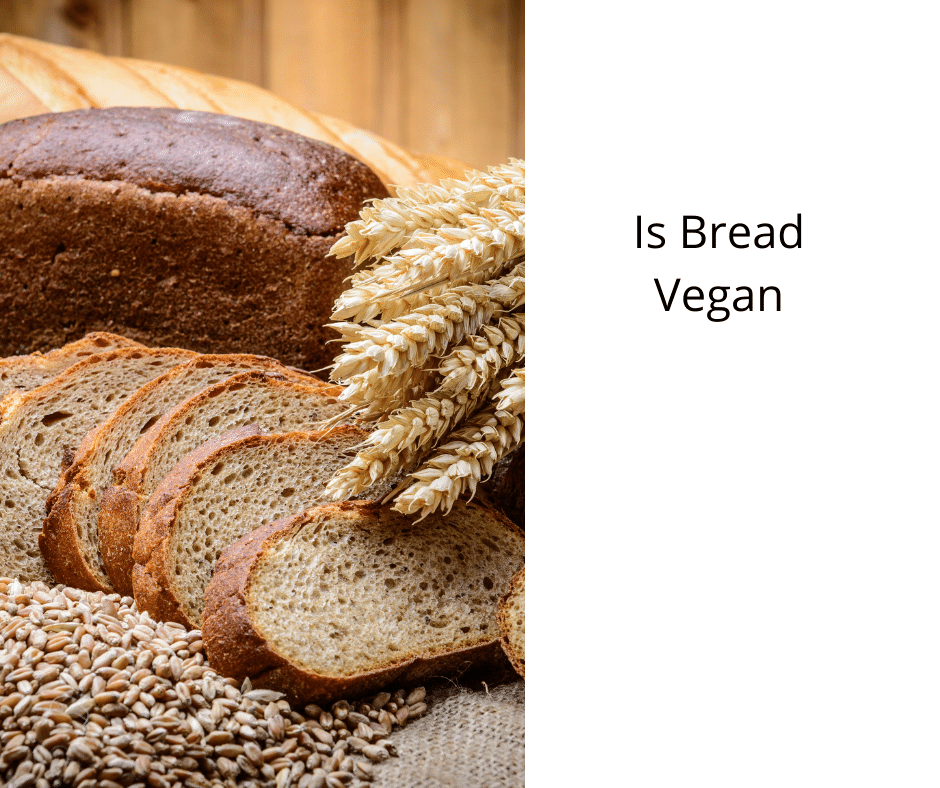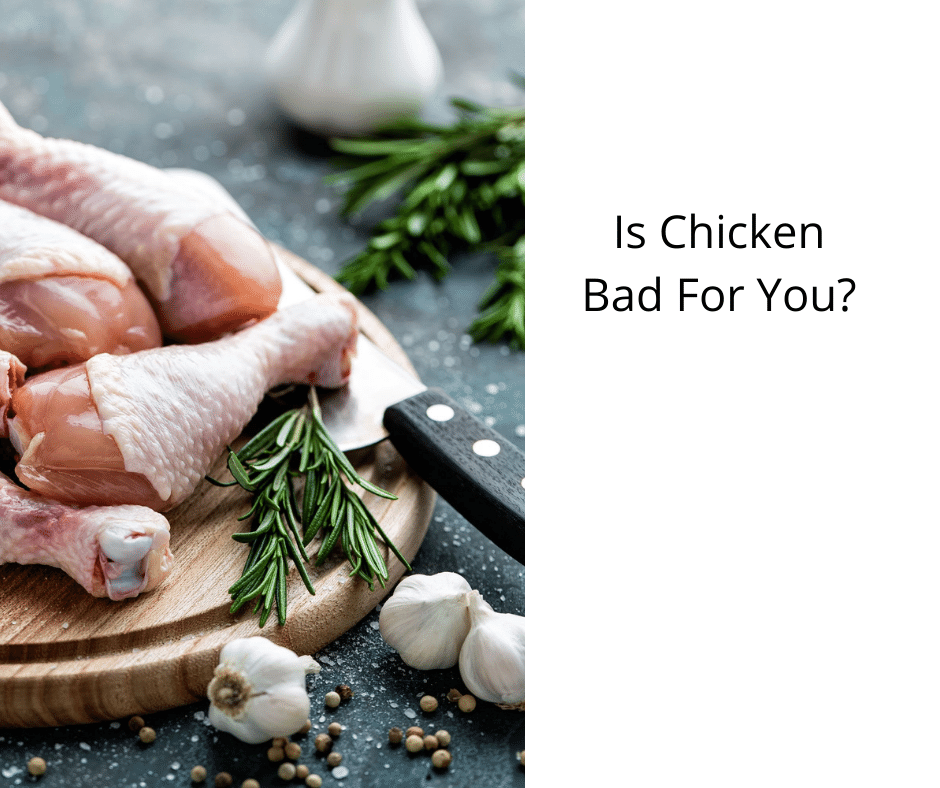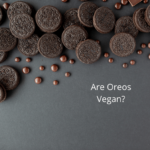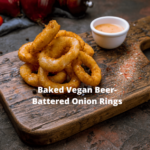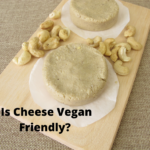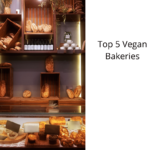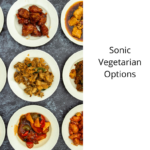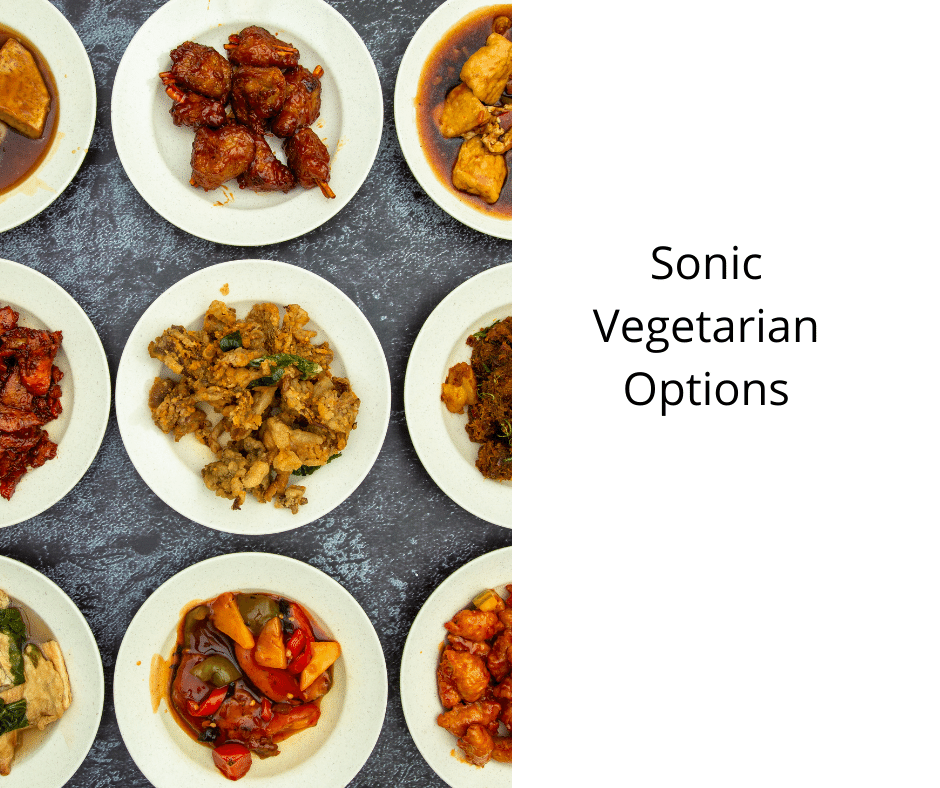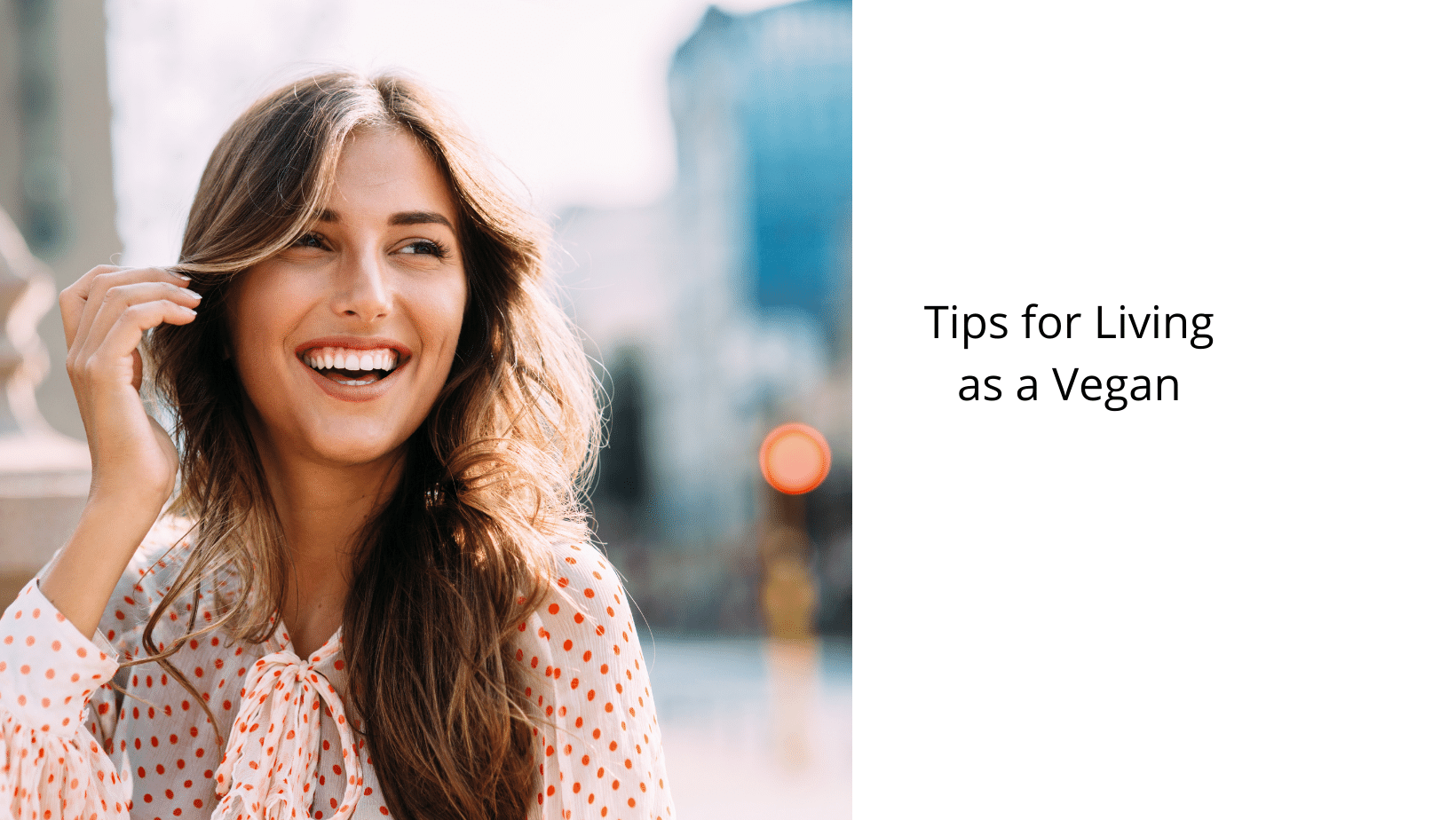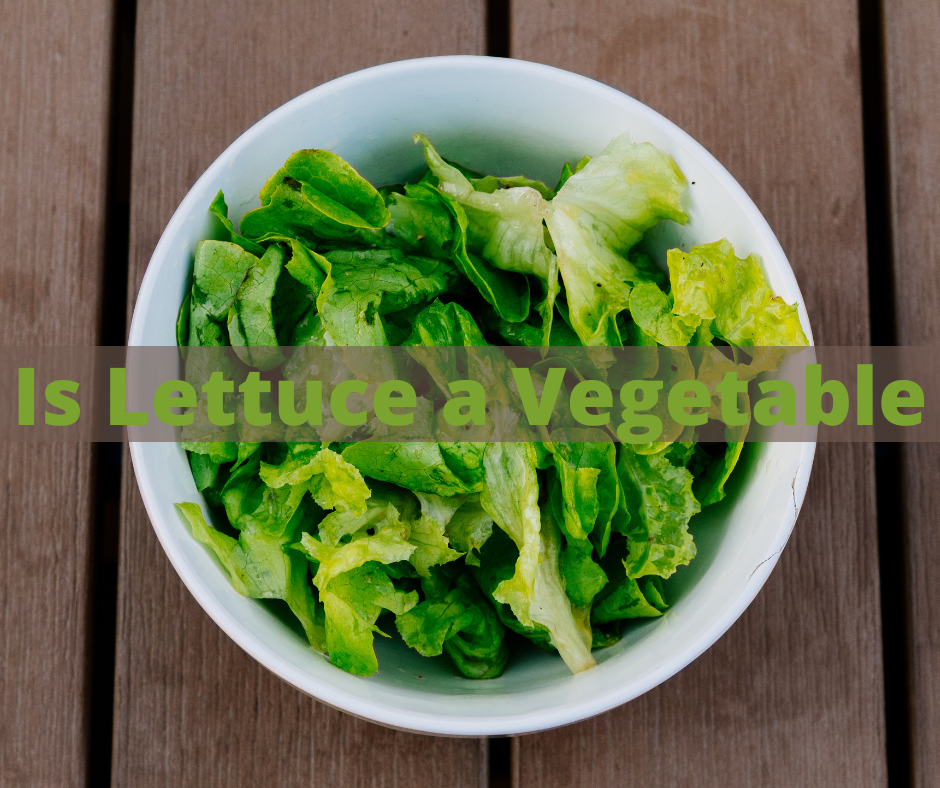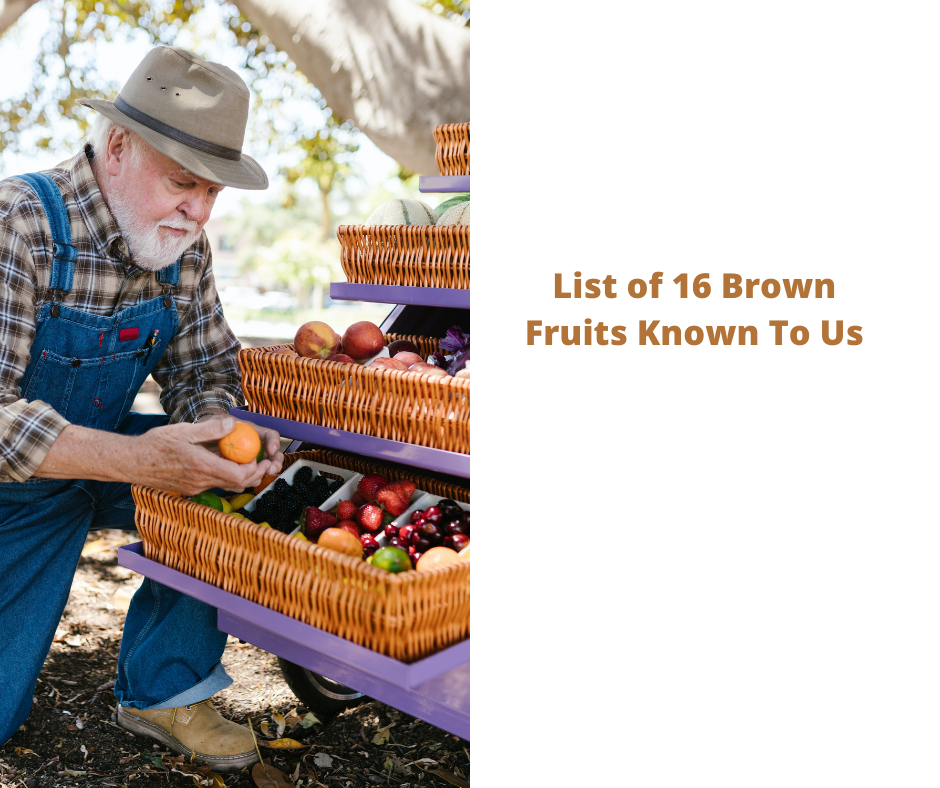Bread and beer often have animal-derived ingredients in them. These ingredients may be listed in the ingredients or even in the name of the bread. Curious if bread is vegan-friendly? Keep reading to find out! To learn how to make sure your bread is vegan, check out these vegan bread-making tips. We will also discuss the importance of using starters in making sourdough.
Lecithin
Lecithin is an important ingredient in the production and use of many baked goods. It makes dough easier to work with and more machine-friendly. It also improves the texture and slows down the rate at which it loses moisture. It also increases bread’s shelf-life. This ingredient can also be found in soft cookies and cakes. It helps them keep their shape after baking.
Lecithin is an emulsifier, which means it helps mix ingredients that would not mix easily. Lecithin is a emulsifier, which means that oil and vinegar can be mixed briefly, but they would separate without it. Lecithin creates a slippery barrier between the elements to prevent them from seperating.
During the production process of bread, lecithin is added to wheat flour, and helps it retain a fresher texture. It is also used to enhance the dough processing process and increase the bread’s shelf life. It also improves bread’s gluten network, making it easier to knead. It also makes breads more stable during fermentation, reducing the need for additional kneading time. In addition, lecithin increases the shelf life of bread due to its water-binding properties.
Lecithin is a natural ingredient found in various foods, including eggs and soy. It is easy to find on the market and can easily be incorporated into most recipes. It can be used in sauces, baked goods and soups. It is important to remember that lecithin can also be used as an emulsifier and can cause problems if ingested in large amounts.
Gelatin
Gelatin added to bread can increase its specific volume. It can also increase its gas-retention capability. It increases the strength of the gluten network in bread. Fish gelatin also increases dough strength and increases its storage modulus. It also strengthens the wheat dough structure. This study found that 1.0% of fish gelatin was added to bread to increase the specific volume.
Gelatin is known to increase the shelf life of bread and may be useful in preventing staling. However, the exact mechanism of gelatin’s effect on bread is unknown. However, this ingredient has great potential as an effective bread improver. Gelatin can be added to bread to improve its quality and shelf life.
Gelatin is a soluble protein that serves as a thickening agent in food products. It can be made from connective tissue, animal collagen, or fish. It can sometimes be substituted for agar, a plant-based extract. In the past, gelatin was a luxury food item used for making jelly dishes for royalty and aristocrats. In more recent times, gelatin was a source of protein in times when meat was scarce.
A small amount of gelatin in bread is used in moulded doughs. This ingredient is usually less that 5%. It has been shown to improve specific volume, ovenspring, and storage stability.
Monoglycerides
Monoglycerides are bread ingredients with many properties and can be used in various baking products. They improve bread’s mixing properties and firmness. Monoglycerides can be made by reacting triglyceride oils with glycerine under the control of a catalyst. Distilled monoglycerides can also be used in baking.
The dispersibility of monoglycerides affects their usage in baking. This characteristic is dependent on the particle size and degree of unsaturation. Typically, monoglycerides used in bread are dispersed to varying degrees, varying the degree of softening and crumb-softening effect. However, monoglycerides’ dispersal can cause problems, including dustiness and potential handling challenges.
Monoglycerides are not harmful and are generally approved for use in food products. They are safe as long as they are manufactured in a safe manner. They can cause obesity and heart problems in some people. If you have concerns about their use in food products, contact the company that made it.
When used in bakery products, monoglycerides have various benefits for both the baker and the consumer. Monoglycerides can improve the texture of bread and reduce oil loss. They also increase the volume of baked goods and help improve their quality.
Sourdough starters
Sourdough starters are a great way to make delicious vegan bread at home. To make this natural fermented food, you only need flour, water, and patience. It is important to keep the starter at the right temperature. For a week or so, you will need to allow the starter to rest for a few minutes each morning.
The starter is mixed with strong bread flour, water, salt, and vegan cooking oil, such as olive or rapeseed oil. The resulting dough then undergoes a long, slow prove and a second, warmer proof. The dough is baked at high temperatures with steam to form the typical sourdough crumb.
Use a large mouth glass jar to store the starter. This keeps the starter from getting too warm and preventing mold. It will expand as it feeds, so it is important to use a container that won’t break. For easy storage, you can also keep it in a sealed container in your pantry.
Sourdough is a vegan loaf of bread made from a starter sourdough. The starter is a liquid which begins to acidify at room temperature and becomes home for naturally occurring microbes such as yeast and lactic acid bacteria. These microbes produce a tangy flavor and create carbon dioxide, which is essential for making sourdough rise.
Whole wheat flour
Whole wheat flour can be used as a vegan-friendly substitute for white flour. It is a good choice for baking bread, as it can be used in recipes without any additional ingredients. Whole wheat flour bread will rise and be moist. This results in a delicious loaf. You can use sprouted whole wheat flour for a softer loaf.
Whole wheat flour contains bran, germ, and endosperm, which are packed with fiber and vitamins. Whole wheat flour is also free from gluten, unlike rice flour. Whole wheat flour should not be confused with gluten-free flour. Whole wheat has the same amount protein as white flour but doesn’t come directly from animals.
Cream of wheat is another option. It has the same nutrition as regular wheat and is free of high-fructose Corn Syrup. It is generally vegan-friendly, but some versions use added vitamins. Be sure to read labels for more information. Many popular breads can be found in vegan versions at your local grocery or chain retailer.
Vegan flour can be made at home with a food processor. The basic steps are very simple. First, you need to prepare your raw materials. You’ll need wheat berries, which are cleaned and ready for grinding. Then, you need to grind them to a finer flour. The longer you grind the wheat berries, the finer your flour will be.
Sprouted bread
Sprouted bread is a great way to eat whole grains. This bread is free of animal products and is low in glycemic index. The sprouting process makes whole grains more digestible. Sprouted bread can be used to increase your fiber intake and protein intake. It is also vegan and gluten free.
There are many brands of sprouted bread available on the market. Silver Hills Bakery, a Canadian business, is one of these brands. The company makes bread using a special sprouting process. These breads are naturally high in fiber and have an incredible nutritional value. Aldi also offers many vegan-friendly breads under their Simply Nature brand. Walmart also offers a wide selection of vegan-friendly breads.
Also, sourdough bread is a great source for antioxidants. These compounds fight free radicals in the body, which cause oxidative stress. The risk of developing chronic diseases has been reduced by using antioxidants. Since sprouted breads are lower in gluten, they are also great alternatives to regular bread. They contain many beneficial nutrients for your body, including essential amino acids, iron, magnesium, calcium, and fiber.
Another popular brand of sprouted bread is Ezekiel bread, which contains 40% less fat than conventional bread. It is made up of whole grains, less carbohydrates, and more protein that regular bread. Sprouting wheat can have a significant positive effect on your health. It also enhances your body’s ability to absorb nutrients.
Hi, I’m Alexander. I’m a vegan of over 20 years, and I initially made the switch for health reasons. However, as time went on, I became more and more passionate about the ethical and environmental implications of leading a vegan lifestyle.
I am the author of The Graceful Kitchen, a vegan blog where I share recipes for delicious and nutritious vegan meals. As someone who is deeply committed to living a cruelty-free life, I am also a strong advocate for using whole foods as the foundation of a healthy diet – and believe that going vegan is one of the best ways to achieve this.
